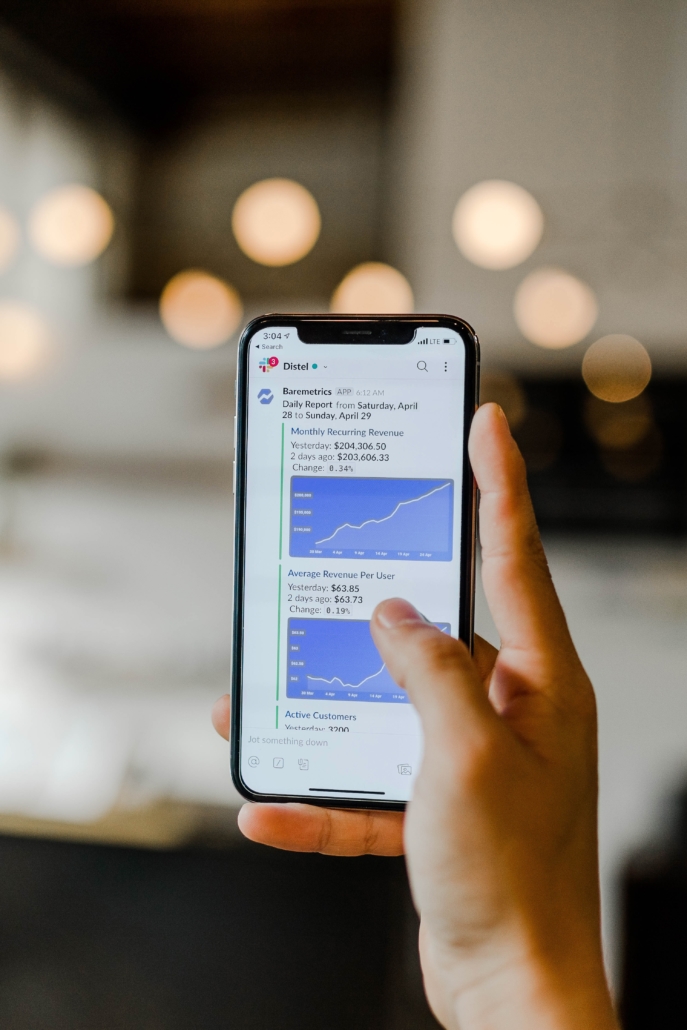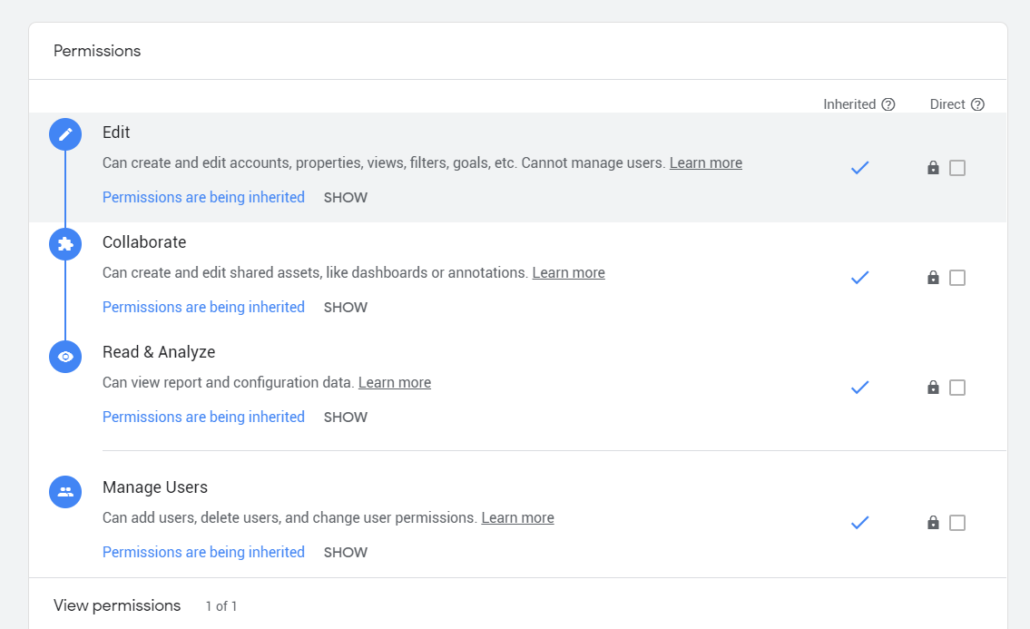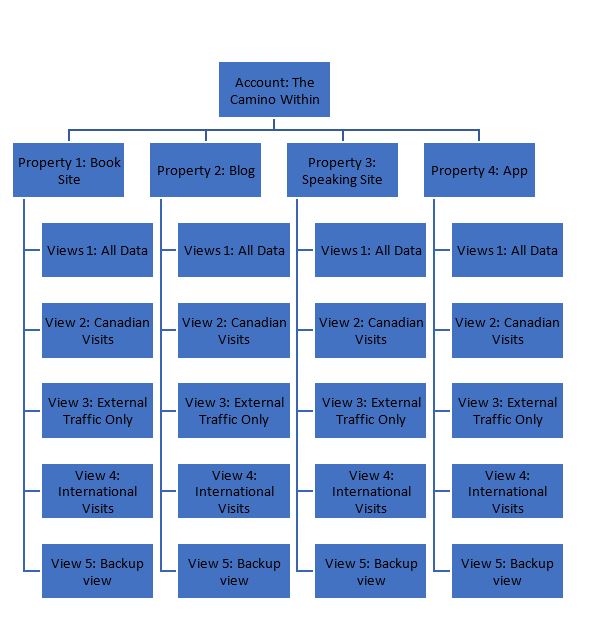Google Analytics Most Important Metrics
Google Analytics (GA) is one of the most powerful tools a business can adopt, and one of the few exceptions to the “you get what you pay for” rule. It’s incredible how much valuable data you can get from a free tool. Valuable and actionable data.
However, the sheer volume of data and metrics available can feel daunting to people who aren’t familiar with analytics. What’s most important? What should you focus on? What should you tackle first? Every business is different, with different goals and markets, so what you focus on will depend on that. But, there are several metrics that can provide great value to virtually every business.
Whether your aim is to improve your search engine rankings, keep people on your site longer, increase onsite conversions, raise brand awareness, etc., these five Google Analytics metrics should be featured on every business’s GA dashboard:

Photo by Austin Distel on Unsplash
Here is the list of the most important Google Analytics Metrics:
Bounce Rate
This is the percentage of visitors who arrive on your site, then leave (i.e. close their browser window or tab, or navigate to another website) without accessing any other pages within your site.
Through GA, you can check the bounce rate of your site overall, as well as the bounce rate of individual pages. Checking the stats of individual pages gives you a good picture of your most engaging content and the content that most often leads to people dropping off. For pages where people stay and decide to explore more, you’ll want to boost visibility of those pages, use them as landing pages and try to create similar (but not duplicate) content on other pages.
For pages where people are dropping off, you’ll want to investigate how to improve those pages to reduce bounce rate, and potentially reduce their visibility by no longer using them as key landing pages while you’re working on improvements.
Time on Site
There are two reasons to watch this metric closely. First, search engines are giving more and more weight to ‘time on site’ as an indicator of the value and/or credibility of a page or overall website. It’s a good measurement because people spend more time with content that’s engaging, educational, useful or entertaining. Search engines like Google want to provide users with good content, so it makes sense that they’d rely on behavioural metrics like this one.
The second reason is that it’s an indicator to you of how engaging and useful people find your content. If people are just clicking through pages then dropping off, your content isn’t doing its job. But if they’re spending time with it, it means you’re doing something right.
Again, you’ll want to look at the overall time on site, but mainly focus on individual pages to see which ones are really striking a chord with your audience and which ones could do with some strategic optimization.
Pages Per Visit
Pages per visit is another indicator of engagement, but can also tell you if your site is easy to navigate, which matters to both your visitors and search engine spiders.
If you have a consistently low pages-per-visit rate, one of the first things you want to investigate is your site’s navigation. Are the links or menu items easy to find? Are the links actually working? Are they rendering properly across all browsers and devices, including mobile? Investigate all of this and consider getting someone unfamiliar with your site to give it a try and provide feedback.
If your navigation is visible and accessible, but you’re still seeing a low pages-per-visit rate, then it’s time to look at your content. Look at what they’re seeing first, where they go from there and where they’re dropping off to determine what might need to be optimized.
Conversion Rate
What does “conversion” mean? It will differ from business to business, project to project. It could be a sale, sign up, registration, download… whatever you want people to do on your site, that’s your conversion. Many businesses have several variations of conversions, including macro and micro conversions. For example, a sale or registration could be a macro conversion, whereas a newsletter signup or ebook download might be considered a micro-conversion.
Conversions matter because they’re kind of the whole point of your website. They’re what keep you in business! This is another instance where you will want to drill it down to individual pages to determine the type of content that is most likely to convert, and for which of your conversion types, and what content does not convert well.
Visits and Returning Visits

Photo by Austin Distel on Unsplash
In GA, new visits are people who have never visited your site before, whereas a return visitor is just that – someone who has been to your site before and is now coming back. Google Analytics does set a two year expiry, so if someone visited your site more than two years ago and is now returning, they will be counted as a new visitor.
You want to watch these metrics because a steady stream of new visitors means any marketing investments or search engine optimizations you’ve been making are paying off (in this case, you’ll want to look at where those visits are coming from to determine which of your investments are working and which are not). If you aren’t seeing noticeable spikes in new visits to coincide with campaigns, that’s an indicator that something has gone wrong. Either the content isn’t engaging enough, or there could be a technical issue like a broken link. This needs to be investigated ASAP.
Returning visits are yet another indicator of how engaging your content is to your audience. If people aren’t coming back, it could indicate an issue with your content, service or products. In this case, you’ll also want to look at where visitors are coming from. For example, are you investing in advertising that brings a lot of initial visits, but not quality visitors that come back again and again? What areas are driving traffic that converts to returning visitors? Invest in more of that and reconsider investments that aren’t driving quality traffic your way.
Takeaway
Never before in history have marketers, business owners and entrepreneurs had such a wealth of data available right at their fingertips. That brings a lot of advantages, but also this whole new problem of too much data to know what to do with it all! Instead of trying to analyze and act on all of it at once, aim to focus on a few key areas to start. Analyze reports, tweak your content and strategies, test, measure, analyze and update over and over again to continually improve your efforts, keep things fresh, respond to the market and grow your business.
Learn how to setup Google Analytics here.
Get your copy of: “The Secret to Capitalizing on Analytics”








